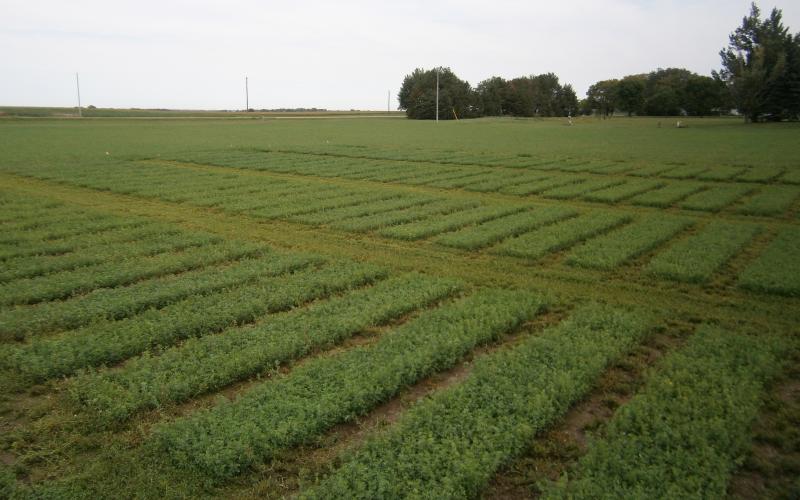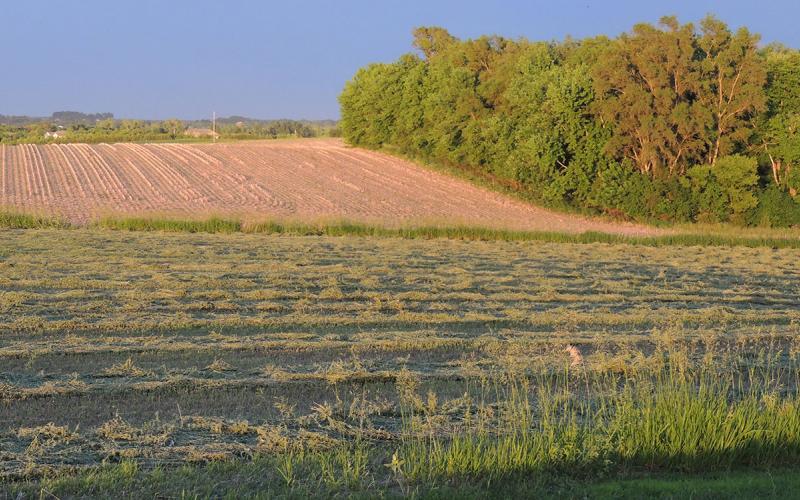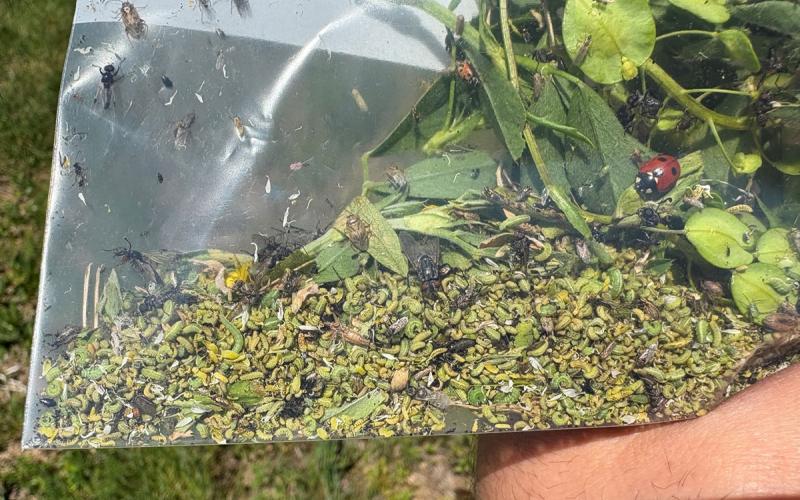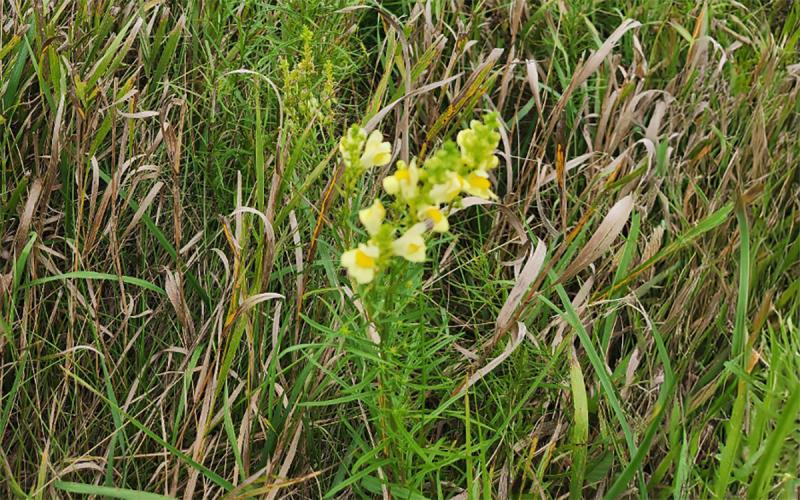SDSU Extension works with forage producers, providing them with access to quick tests, research-based information, and best management practices to help maximize yields and nutritional quality of forages.
Twine or netting? Yes, our team can help you make this decision too.
Forage Field Day
SDSU Extension, Nebraska Extension, the Northern Plains Forage Association and I-29 Moo University hosted a virtual forage field day on August 6, 2024. Use the playlist to view the recorded presentations.
Our Experts
Featured Resources

Forage Variety Trial Results
The 2025 Forage Variety Trial Results include data from different locations in South Dakota.
Alfalfa Variety Trial Results
Progress reports for alfalfa variety trials

Forage Inventory and Demand Calculator
Calculator for inventorying livestock and forage on hand to determine additional forage purchase needs, or livestock sales.
Upcoming Events

Crop Hour
SDSU Extension Crop Hour webinars provide valuable information for South Dakota crop producers to help them improve their profitability and prepare for the upcoming season.
Related Content

Southeast Research Farm Seminars @ Dakota Farm Show
Join SDSU Extension for a series of educational presentations during the Dakota Farm Show from January 6-7, 2026, at the USD DakotaDome (1101 N Dakota St, Vermillion, SD 57069).

Learn about alfalfa weevil at Northern Plains Forage Association annual meeting
November 17, 2025
South Dakota State University Extension encourages producers to attend the Northern Plains Forage Association annual meeting and seminars, which will feature forage-related education and research.

Yellow Toadflax Has Begun Producing Seeds: Scout before treating infested areas
Yellow toadflax is a perennial weed that infests pasture and rangeland across South Dakota. This year, with an abundance of heat and moisture, plants flowered in early August and now have started to produce seeds.

